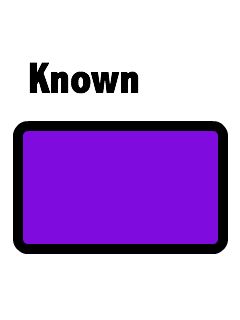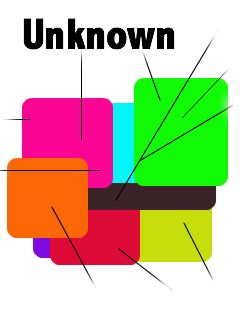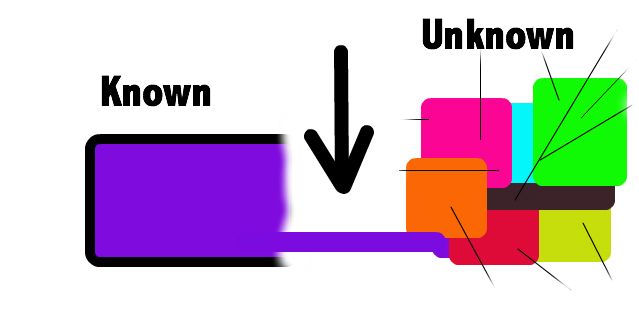Three Keys to Lesson Success
Written by Thomas McGregor
Published: May 30, 2014 at 12:41 AM [UTC]

We live in a fast paced world where it has become harder and harder for the teacher to capture the attention of the young student. Teacher can resort to stunts, games and other crazy strategies in order to attempt to engage the student in focused attention. Even though I think these strategies are important to sprinkle the lesson with, I think being result focused as a instructor is by far more important. We must ask, "What is the RESULT or outcome of this lesson?" When we focus our own attention to what really matters for that limited time in the classroom with the student, we achieve massive results regardless of the attention span of the student. We must adapt to the attention spans versus attempting to change them.
There is one singular focus that every teacher should take into every lesson in order to impact the life of the student in a way that is doesn't need the students attention approval. That focus should be to connect something they don't know with something they do know. This would apply with any student regardless of knowledge level. This may mean playing directly into their distractions such as video games, current news and preferences. When you connect what is familiar with what isn't familiars via finding something that IS a familiar connection between the two the learning is virtually painless, happening with ease.
1. Understanding what is known outside the subject matter. 
What does the student really understand or like and use on a regular basis in their life? Understanding this by asking questions and learning about the student will give you great insight to how to connect the information you want them to absorb.
2. Look for a Sliver.
Imagine in your mind the information you wish to teach the student and find anything that is exactly similar to what the student relates to.
You might need to do some deep insightful work and introspection into the information you wish to depart to the student. Sometimes it will be easier, sometimes it will be hard.
3. Connect
Connect the information in a way the student will understand. This will be different depending on each student, i.e. why knowing the student well is very important.
Once the connection is found you should make that connection as many times as possible. Mentally keep your focus during the lesson as to keep directing the new information towards the connection between the known and unknown.
By following these three keys, you will see amazing results in each lesson -- with a virtual guarantee in a successful lesson every time. By following these steps you are becoming apart of the their distractions and morphing your new information into what ever they are currently focusing on, pulling them into your educational world. Keep your focus as not to be pulled off task. Simply keep referencing the connection and pulling the young student back into the world of music.
Tweet
This entry has been archived and is no longer accepting comments.
Violinist.com is made possible by...
International Violin Competition of Indianapolis
Dimitri Musafia, Master Maker of Violin and Viola Cases
Johnson String Instrument/Carriage House Violins
Subscribe
Laurie's Books
Discover the best of Violinist.com in these collections of editor Laurie Niles' exclusive interviews.

Violinist.com Interviews Volume 1, with introduction by Hilary Hahn

Violinist.com Interviews Volume 2, with introduction by Rachel Barton Pine









